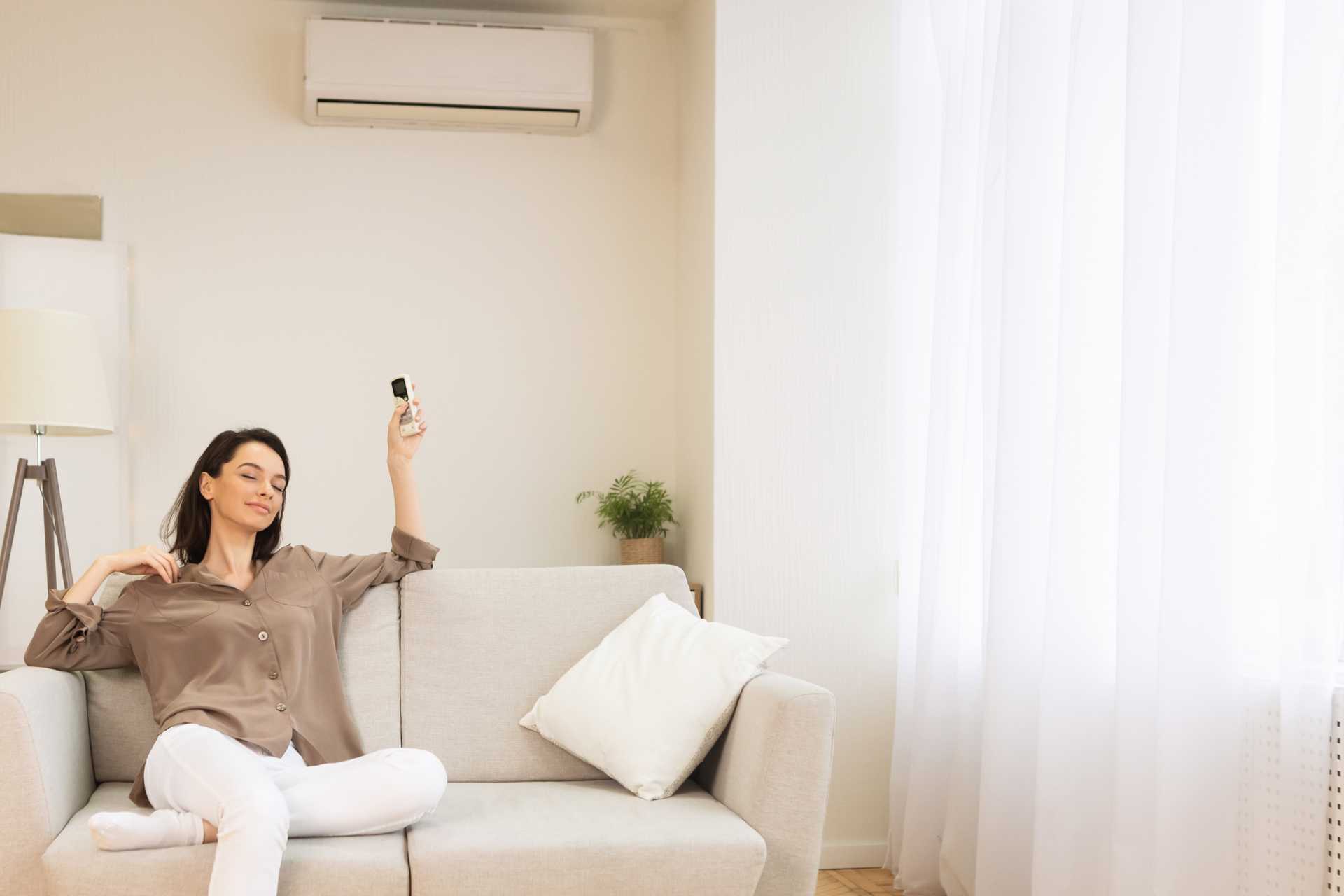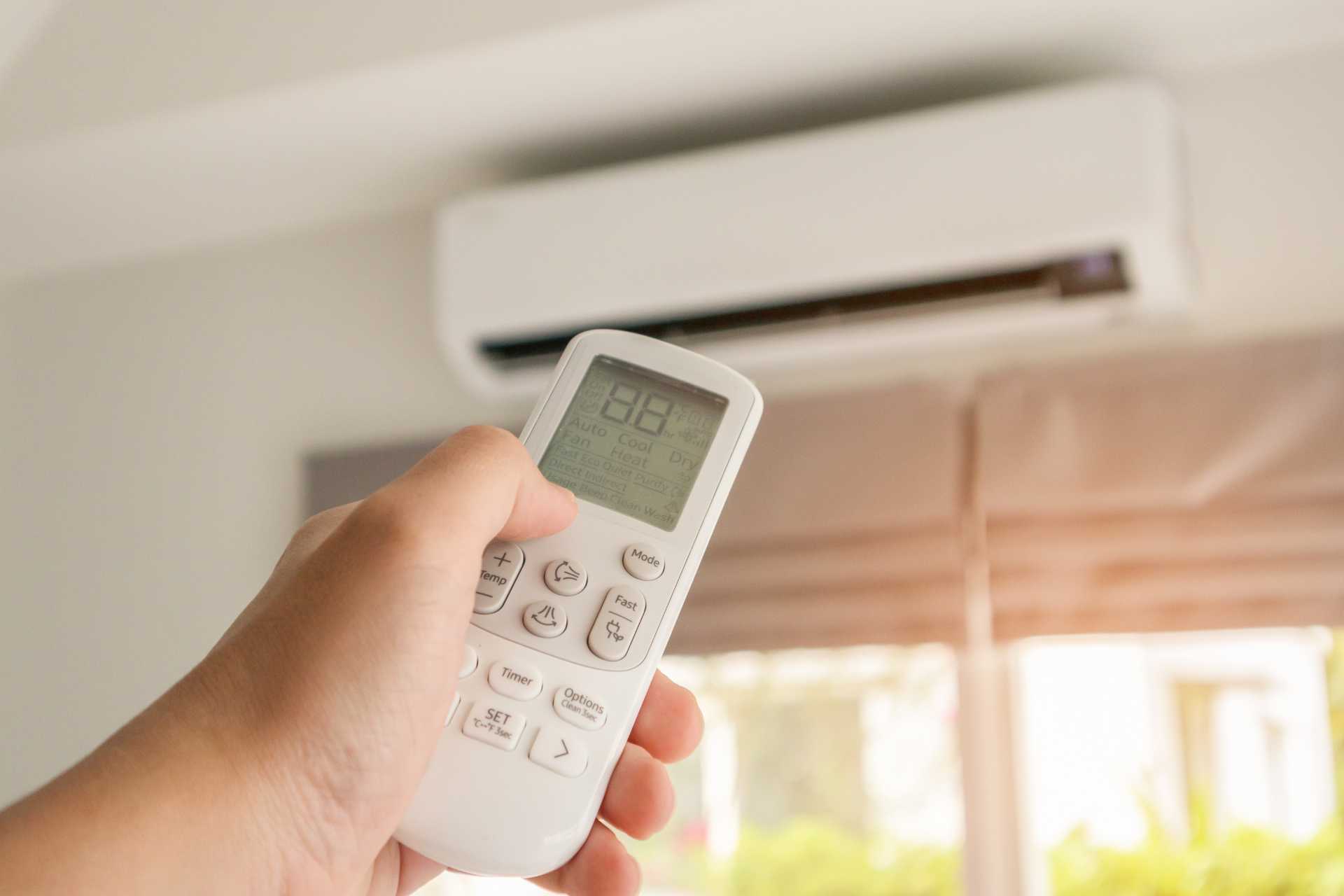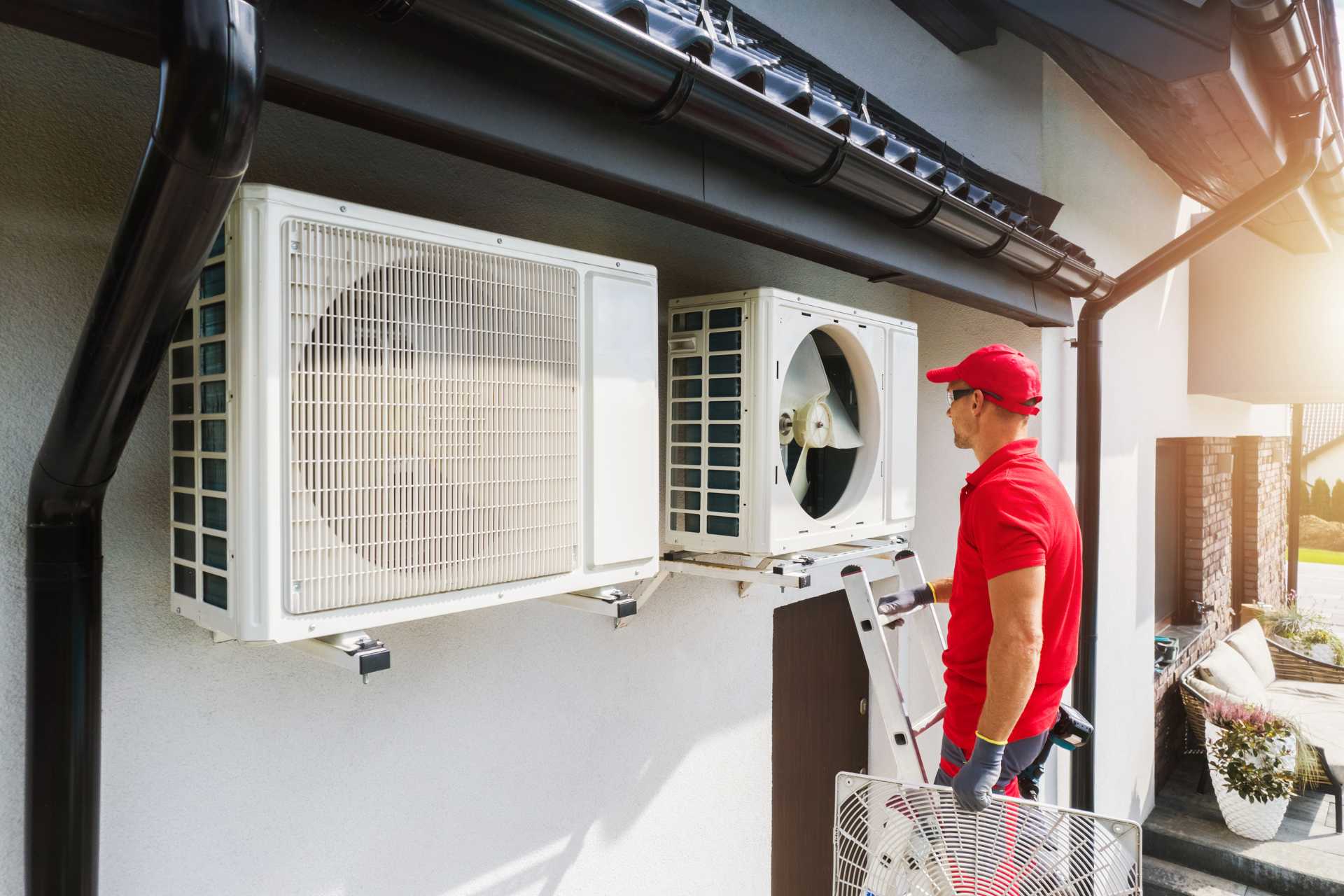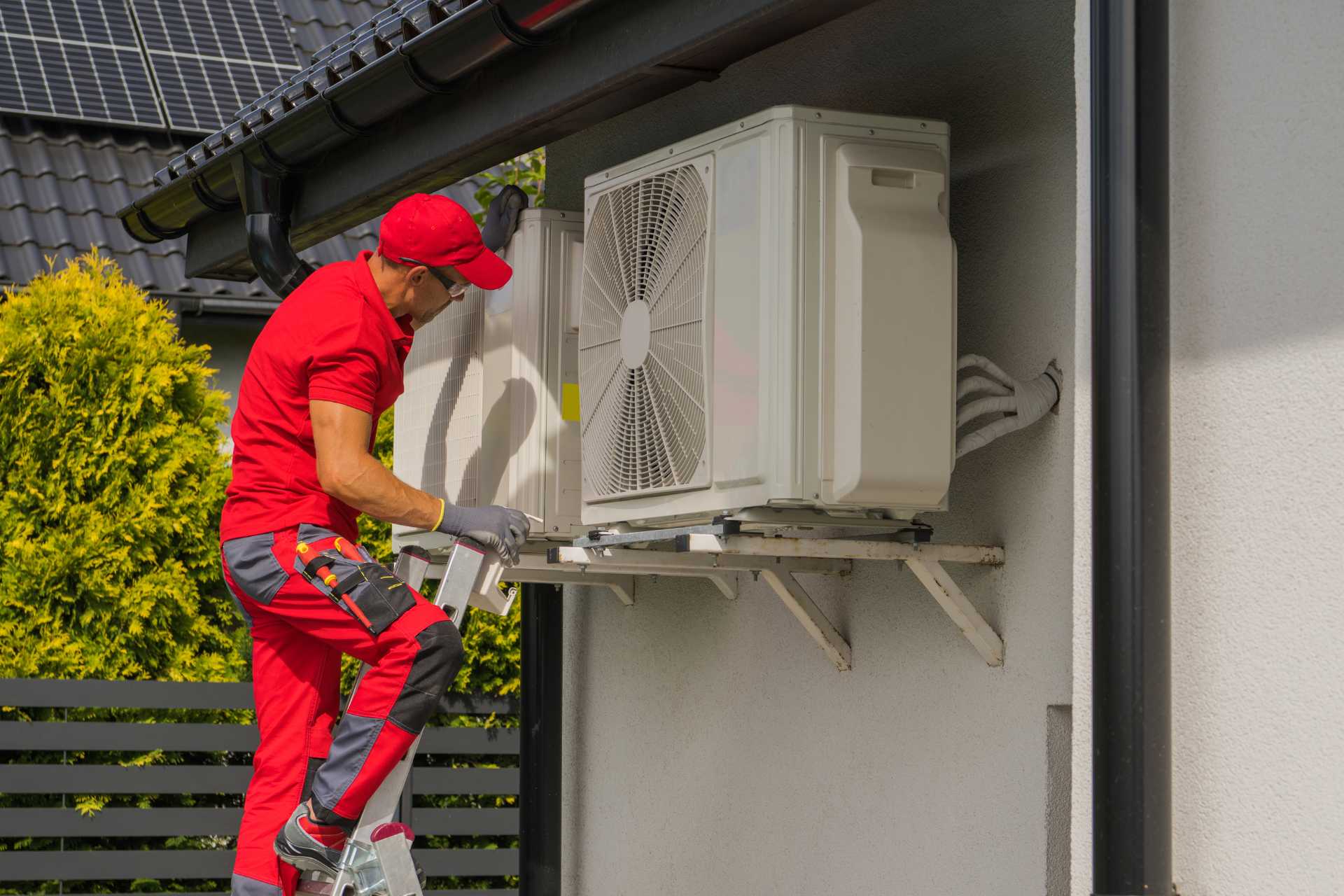How to Prep Your Home’s HVAC System for Summer

Your Proactive Plan for a Cool, Comfortable Summer
The first real heatwave of a Canadian summer arrives. You flip the switch on your air conditioner, anticipating a wave of cool relief, but instead, you get nothing. Or worse, a blast of warm, dusty air. This scenario is a homeowner’s nightmare, but it is often preventable. The secret to a cool and comfortable summer is not just having an AC unit; it is making sure it is ready for the challenge. This preventative maintenance is the difference between a reliable system and a costly emergency call for air conditioner repair. Before the heat settles in, it is wise to prepare your system. This ensures it runs efficiently and reliably. A trusted HVAC company can help with a professional tune-up, but many essential tasks can be done on your own. This guide will walk you through the must-do steps to prepare your home’s HVAC system for summer.
- Your Proactive Plan for a Cool, Comfortable Summer
- Task #1: The Easiest and Most Important DIY Job – Change Your Air Filter
- Task #2: Give Your Outdoor Unit Room to Breathe
- Task #3: Check Your Indoor Vents and Registers
- Task #4: Test Your Thermostat Before You Need It
- Task #5: The Most Important Step – Schedule a Professional Tune-Up
- Your Checklist for a Cool, Worry-Free Summer
Task #1: The Easiest and Most Important DIY Job – Change Your Air Filter
The single most important and easiest maintenance task is changing the air filter. The filter acts as the lungs of your HVAC system. It traps dust, pollen, pet dander, and other airborne particles, preventing them from circulating in your home and from clogging the system itself. Over time, this filter becomes saturated with debris. A clogged filter is the number one cause of HVAC inefficiency and failure. It severely restricts airflow, forcing the system’s fan motor to work much harder to pull air through the dense layer of dirt.
This added strain has two major negative effects. First, it significantly increases your energy consumption, leading to higher utility bills. Second, it can cause the system to overheat and shut down completely, often on the hottest day of the year. A clean filter ensures proper airflow, which leads to better efficiency, lower energy costs, and cleaner indoor air. Before you turn on your AC for the season, replace the filter. Then, make it a habit to check it monthly throughout the summer, replacing it as needed.
Task #2: Give Your Outdoor Unit Room to Breathe
The large, fan-equipped unit outside your home is the condenser. Its job is to release the heat that has been removed from inside your home. To do this effectively, it needs plenty of unrestricted airflow. Over the fall and winter, leaves, twigs, grass clippings, and other debris can accumulate around and inside the unit, acting like an insulating blanket. This traps heat and forces your air conditioner to work much harder to cool your home. The first step is to clear a “breathing zone” of at least two feet around the entire condenser unit. This means trimming back shrubs, pulling weeds, and removing any accumulated debris.
After clearing the area, inspect the condenser fins themselves. These delicate aluminum fins can get caked with dirt, dust, and cottonwood fluff. To clean them, first, turn off the power to the unit at the breaker box. You can then use a garden hose with a gentle spray nozzle to rinse the fins from the outside. For more stubborn, caked-on dirt, gentle power washing can be beneficial. Use a very low-pressure setting and a wide nozzle, spraying at a gentle angle to avoid bending the fins. This simple cleaning can dramatically improve your system’s efficiency.
Task #3: Check Your Indoor Vents and Registers
The vents, or registers, in each room are the final delivery points for the cool air your air conditioner produces. For your system to work efficiently, the airflow must be balanced throughout your home. Blocked or closed vents can disrupt this balance. This creates pressure imbalances that make your system less efficient and can lead to some rooms being much warmer or cooler than others. It is a common misconception that closing vents in unused rooms saves money; in most cases, it actually forces the system to work harder.
Before the cooling season begins, take a walk through your home and ensure that no vents are blocked by furniture, rugs, drapes, or other items. All vents should be open to allow for free circulation. It is also a good idea to remove the vent covers and use a vacuum with a hose attachment to clean out any accumulated dust, pet hair, or debris that may have fallen inside. This simple step ensures that the cool air can reach every room as intended, improving both comfort and efficiency.
Task #4: Test Your Thermostat Before You Need It
The thermostat is the brain of your entire HVAC system. It is the command centre that tells your air conditioner what to do and when to do it. Before the first major heatwave hits, it is important to perform a simple test run to make sure it is communicating correctly with your AC unit. On a mild day, switch your thermostat to the “cool” setting and set the temperature a few degrees lower than the current room temperature.
Let the system run for about 15 to 20 minutes. You should hear the outdoor condenser unit kick on, and you should feel cool air coming from the vents inside. This simple test confirms that the system is responding correctly. If it does not turn on or does not produce cool air, you have time to troubleshoot or call a professional before you are stuck in the heat. This is also a good time to consider an upgrade. If you have an old, manual thermostat, upgrading to a programmable or smart thermostat is one of the best ways to lower your energy bills by automatically adjusting the temperature when you are away or asleep.
Task #5: The Most Important Step – Schedule a Professional Tune-Up
While the previous steps are excellent DIY maintenance, a professional tune-up is essential for the long-term health, safety, and efficiency of your system. An HVAC technician has the specialized tools and expertise to perform critical checks that homeowners cannot. This annual service is an investment that prevents expensive emergency repairs and ensures your system runs at its peak performance all summer long. A professional can spot small issues before they become major breakdowns.
During a tune-up, a technician will perform several key tasks. They will thoroughly clean the indoor evaporator and outdoor condenser coils. They will also check the system’s refrigerant levels to ensure it has the correct charge; low refrigerant is a sign of a leak and will prevent proper cooling. They will inspect electrical components, tighten connections, and clear the condensate drain line to prevent water backups. Furthermore, a professional can spot signs that the efficiency of your HVAC system is affected by your home’s insulation, helping you identify other ways to improve your home’s performance.
Your Checklist for a Cool, Worry-Free Summer
An hour or two of preparation in the spring can save you from a hot, miserable, and expensive situation in the middle of July. By following a simple checklist, you can ensure your air conditioner is ready for the demands of summer. Start by changing your air filter. Then, clear away any debris from your outdoor unit and gently clean its fins. Inside, make sure all your vents are open and unobstructed. Test your thermostat to ensure it is working correctly. Finally, and most importantly, schedule a professional tune-up with a reputable HVAC company. This proactive approach is the secret to a cool, comfortable, and worry-free summer, keeping your home pleasant and your energy bills in check.



